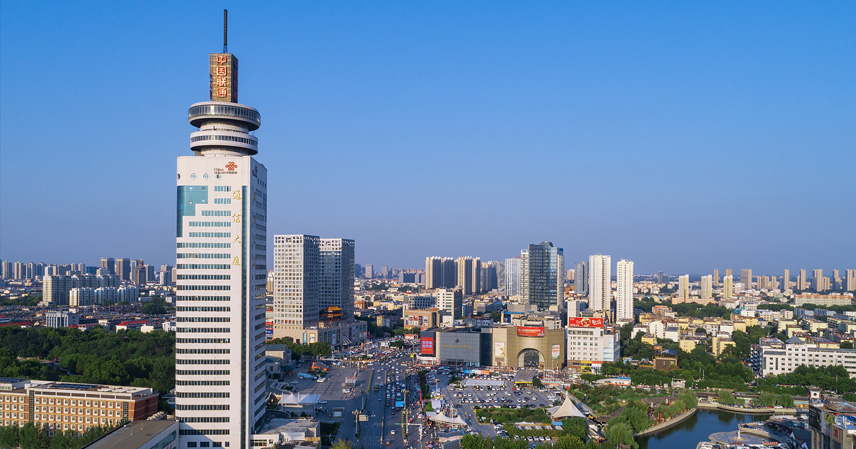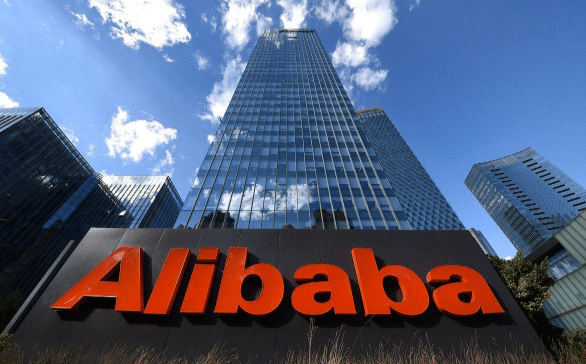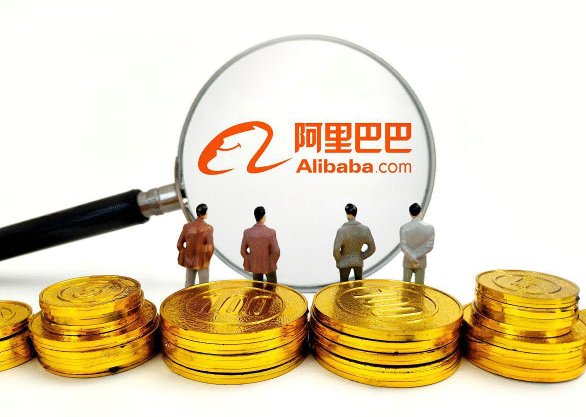Jining is often called the most “scattered” city in Shandong. Why so? The story goes back to the Yuan Dynasty: 700 years ago, an order from Kublai Khan abruptly elevated it into the ranks of first-tier cities. When the Grand Canal was rerouted and straightened, barges carrying grain, salt, silk, and books passed through here, making Jining a major intersection. From then on, this culturally rich small city began to feel the pulse of the national economy.
But why did the canal bring prosperity without shaping a unified urban pattern? From the hometown of Confucius and Mencius to the legendary land of Liangshan’s Water Margin heroes, from the canal’s commanding heights to the energy hub of Yanzhou, from garlic-rich Jinxiang to the rice-shrimp fields of Yutai, from incense-filled Wenshang to the stone-carving capital of Jiaxiang, from scenic Sishui to the natural wonders of Weishan Lake — Jining is a city both scattered and strong. Let us explore its past and present.

Located in southwestern Shandong at the junction of Shandong, Jiangsu, Henan, and Anhui, Jining is known as the “Hometown of Confucius and Mencius” and the “Capital of the Canal.” It governs two districts, two county-level cities, seven counties, and three functional zones, covering 11,000 square kilometers with a permanent population of about 8.18 million. Scattered it may be, but its strength is undeniable. In 2024, Jining’s GDP reached 586.75 billion yuan, ranking 6th in Shandong and 3rd in the Huaihai Economic Zone after Xuzhou and Linyi. Jining is truly competitive. Beyond tricycles and Dai Village’s “magic academy,” it boasts an advanced transport network and solid industrial base. With Beijing–Shanghai High-Speed Rail, Jingxiong–Shangqiu High-Speed Rail, and Rizhao–Lankao High-Speed Rail converging here, stations such as Qufu East, Jining North, Sishui South, Jiaxiang North, and Liangshan are forming a dense network. Da’an Airport extends north to Tai’an, while railways, highways, and waterways — from the Yanzhou–Shijiazhuang Railway to the Beijing–Hangzhou Canal — interlace to form a three-dimensional transport system of high-speed rail, expressways, aviation, and shipping.

In the Spring and Autumn Period, Qufu was the heart of the State of Lu. Influenced by Duke Zhou’s rituals, it nurtured Confucius, founder of Confucianism. Confucius traveled across states, teaching and spreading his philosophy. In the Warring States, Mencius of Zoucheng carried forward Confucius’ teachings, debated with other schools, and refined Confucian thought. Together, they established Jining as the cultural highland of Confucianism. In the Song Dynasty, stories of Liangshan outlaws were immortalized in Water Margin by Shi Nai’an, making Liangshan a cultural icon. After the Yuan capital moved to Beijing, Kublai Khan ordered the straightening of the Grand Canal through Jining to improve grain transport. Known as the “Canal Ridge” for its high terrain, Jining linked Linqing in the north and Xuzhou in the south, becoming a vital hub. The Yuan set up the Canal Transport Office here, and the Ming established the River Conservancy Governor’s Office. Jining soon rose as a distribution center for goods between north and south, earning the nickname “Little Suzhou North of the River” — a true first-tier city of its time.
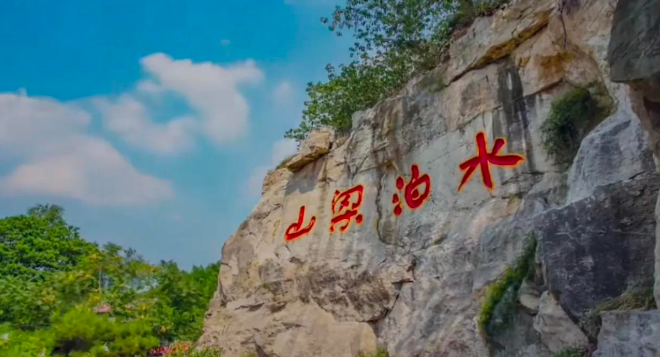
However, with the Yellow River’s course change and the rise of the industrial age, the canal gradually lost its role. Yanzhou, rich in coal, began to shine. After 1949, Yankuang Group became a national energy base, once contributing one-third of Jining’s GDP. Yanzhou and Zoucheng rose as economic powerhouses, with Yankuang even making the Fortune Global 500, sustaining hundreds of thousands of families and bringing early prosperity to the region. Yet resource-based cities inevitably face the challenge of transformation. As coal dividends declined, Jining reached a crossroads. Yankuang shifted from coal mining to green development, while the government redirected focus toward high-end manufacturing, new materials, modern agriculture, and cultural tourism.
Liangshan’s special-purpose vehicles expanded into exports, Jiaxiang’s stone carvings found international clients, Sishui leveraged its “natural oxygen bar” for eco-tourism, and Weishan integrated its canal, lakes, and revolutionary heritage into a cultural tourism brand. Yanzhou aligned with Rencheng, evolving from a coal giant into a hub for logistics and manufacturing. Qufu and Zoucheng embraced Jining’s development, shining again in cultural revival and global Confucian outreach, while Yutai and Jinxiang doubled down on modern agriculture.
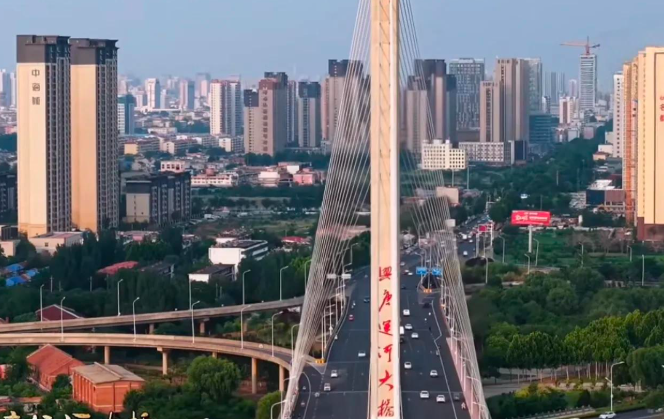
At first glance, Jining may look scattered. In reality, it is being stitched together by its transport arteries. Once the cradle of Confucianism, a canal hub, an energy powerhouse, and the birthplace of Water Margin, today it is a multi-faceted city developing culture, industry, agriculture, and tourism in parallel. Jining may not be the first Shandong city that comes to mind, but the more you learn, the more captivating it becomes. Here, every district and county has its own shining identity. That is Jining: scattered yet formidable, a city carving out its future in the narrow spaces of history and geography.
References
- Historical and economic data referenced from local government reports and public records.

